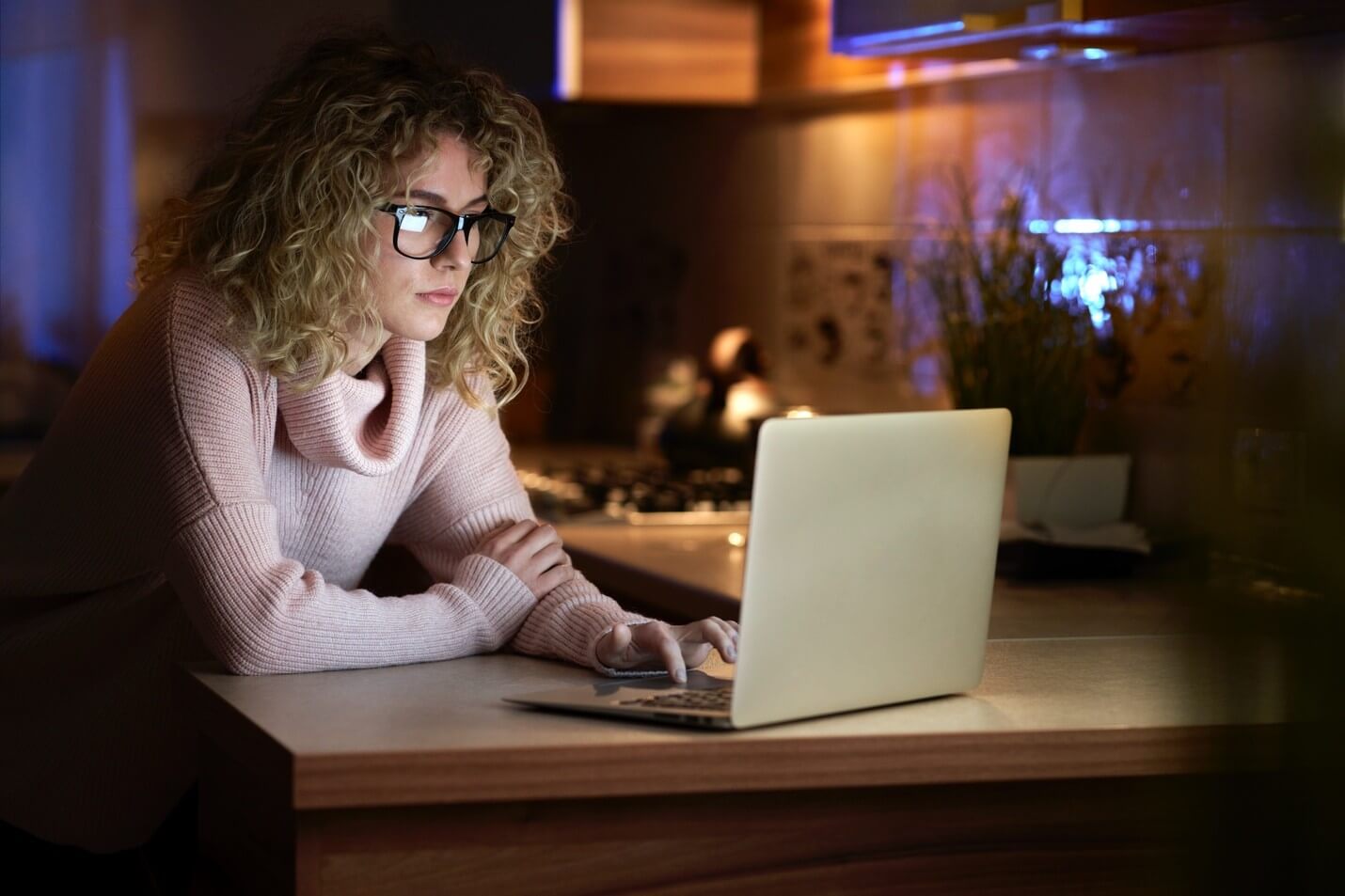
Implementing Proven Teaching Techniques
When a study lasts nearly two years and follows almost a thousand students, educators take notice. That’s exactly what happened in 2025, when researcher Dr. Naymé Salas and her colleagues published one of the most extensive longitudinal studies ever conducted on Self-Regulated Strategy Development (SRSD).
Their goal was simple yet ambitious: determining whether students could maintain SRSD-related writing gains over time. What they discovered was both encouraging and instructive, offering fresh insight into how explicit writing instruction shapes student growth long after a unit ends.
Let’s look at what they found in the Long-term effects of an SRSD writing intervention for elementary school children (2025) and how their results reinforce what SRSD Online has built into our long-term professional-learning model.
What the Study Showed
Dr. Salas’s team worked with second- and fourth-grade students across 13 schools in Catalonia, gathering vital feedback on the effectiveness of their interventions. Using materials adapted from Limpo & Alves (2013), they taught a planning strategy—the first of SRSD’s core writing strategies through 11 one-hour lessons focused on opinion writing.
Each session reflected key SRSD principles:
- Explicit strategy instruction that showed students how to plan before writing, organize ideas, and create structured essays.
- Guided modeling and practice that allowed students to watch the process and then try it themselves with teacher support.
- Gradual release of responsibility, giving students more control over planning with each session.
Although the intervention centered only on the planning component of SRSD (and did not assess student confidence, attitudes toward writing or sentence components like grammar or handwriting), the effects on the writing process were clear. Immediately after instruction, students’ essays were better organized and more complete, and their planning quality improved substantially, demonstrating effective writing strategies.
Even 18 months later, these students still outperformed peers who had not received the SRSD-based instruction. This highlights the importance of integrating the writing process into effective instruction, particularly in planning quality and text structure. That level of durability is rare in writing research and underscores how even one SRSD strategy, when taught explicitly, can make a long-term difference in how students approach writing.
What We Can Learn from the Study
Dr. Salas’s team also identified a significant challenge: even substantial gains begin to fade without continued support.
By the 18-month follow-up, some decline appeared, especially among younger students who no longer had opportunities to apply or revisit the planning strategy in later grades. The researchers noted several contributing factors related to the writing process:
- The intervention concluded after the first year, with no additional SRSD instruction or reinforcement.
- Teachers and administrators did not receive ongoing professional development or coaching in SRSD.
- The planning strategy was not integrated into the broader writing curriculum once the study ended.
In other words, the SRSD framework itself was highly effective, but the surrounding system did not sustain it. Rather than a shortcoming, this finding offers valuable guidance: to preserve writing gains, schools must embed SRSD within a lasting instructional ecosystem that supports teachers, connects to curriculum, and reinforces strategies across years.
Curriculum Integration: The Key to Sustainability
A key difference between controlled research settings and school-wide implementation is curriculum integration. In Dr. Salas’s study, SRSD was implemented as a discrete set of lessons, a necessary choice for scientific clarity, but not a sustainable school structure.
At SRSD Online, we’ve built our professional-learning system around this insight. We help teachers weave SRSD into their curriculum, ensuring it complements rather than competes with their adopted materials.
Educators learn to enhance literacy by:
- Map SRSD strategies such as TREE, TIDE, and C-SPACE onto existing ELA and content-area units.
- Use SRSD as the how behind their current writing lessons.
- Align each SRSD stage from Develop Background Knowledge to Independent Performance with pacing guides and assessment frameworks.
When SRSD lives inside the curriculum rather than beside it, sustainability follows naturally, enhancing the writing process for students and educators alike. This alignment is what transforms short-term intervention effects into long-term instructional habits.
What We Recommend for Long-Term Sustainability
Over the past decade, SRSD Online has developed a professional-learning model designed to address the research’s call to move beyond a single-year intervention toward a sustainable, whole-school approach.
Our framework blends high-fidelity SRSD training with the structures schools need to maintain: coaching, curriculum integration, and multi-year maintenance.
Here’s how we make it work.
Year 1: Training and Capacity Building
The first year establishes shared understanding and confidence.
- Administrators, coaches, and teachers train together, ensuring leadership and instruction are aligned.
- Each school receives a custom pacing plan—whether starting with one grade, a cluster, or a full-school rollout.
- Teachers learn to deliver SRSD lessons across multiple genres: opinion (TREE), informative (TIDE), and personal narrative (C-SPACE).
- Fidelity and data tools support reflection and progress monitoring.
By the end of Year 1, SRSD becomes part of the school’s instructional DNA. Teachers collaborate through a common language, students internalize writing strategies, and administrators can track measurable growth.
Year 2: Integration and Sustainability
With the foundation set, Year 2 deepens expertise and expands reach.
- Teachers receive advanced training and live coaching to refine modeling, feedback, and differentiation.
- SRSD extends into content-area writing in science, social studies, and other subjects, integrating the writing process to turn writing into a tool for thinking.
- Administrators and coaches craft a sustainability plan with data review, mentor development, and staff-turnover support.
Year 2 shifts schools from learning SRSD to owning it, where teachers mentor peers and students independently integrate the writing process strategies.
Years 3 and On: Maintenance and Growth
After two full years of training, SRSD Online continues partnering with schools for guided maintenance focused on refinement and reflection:
- Annual data reviews and goal-setting with leadership teams.
- Targeted refreshers for teachers and coaches.
- Ongoing fidelity checks to maintain instructional quality.
- Lesson updates and new exemplars added to each site’s lifetime library.
- Support expanding SRSD into new grade levels or subjects using mentor texts as a key resource.
These maintenance years directly answer the challenge Dr. Salas’s research illuminated, keeping writing instruction active and visible long after the initial implementation period ends.
A Study That Proves the Foundation and a Model That Builds on It
Dr. Salas’s 2025 study is a landmark in writing research. It demonstrates that even teaching one core SRSD strategy, planning, can yield long-term gains in students’ writing performance.
At the same time, her findings point to what’s next: to sustain and deepen those gains, schools need an ongoing system that supports teachers, aligns curricula, and nurtures education and SRSD across grades.
That’s precisely what SRSD Online provides:
Our two-year training ensures mastery.
Our curriculum integration ensures alignment.
And our ongoing maintenance ensures longevity.
Because when it comes to writing instruction within the writing process, short-term success isn’t enough. The real goal, shared by Dr. Salas and SRSD Online alike, is lasting transformation for students, teachers, and entire school communities.
Ready to Bring Long-Term SRSD Success to Your School?
Learn more about our two-year training and sustainability model: srsdonline.org

About the Author
Randy Barth is CEO of SRSD Online, which innovates evidence-based writing instruction grounded in the Science of Writing for educators. Randy is dedicated to preserving the legacies of SRSD creator Karen Harris and renowned writing researcher Steve Graham to make SRSD a standard practice in today’s classrooms. For more information on SRSD, schedule a risk-free consultation with Randy using this link: Schedule a time to talk SRSD.





















